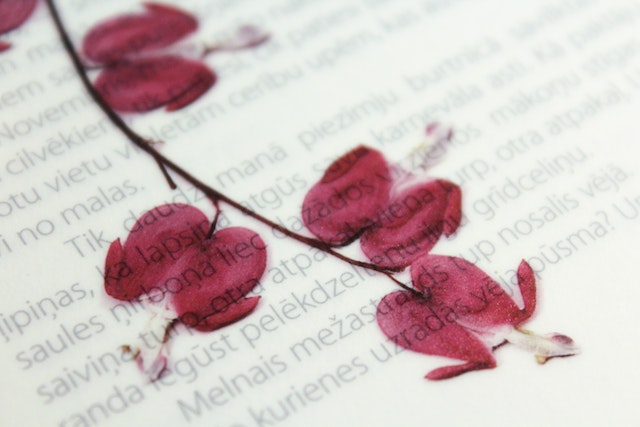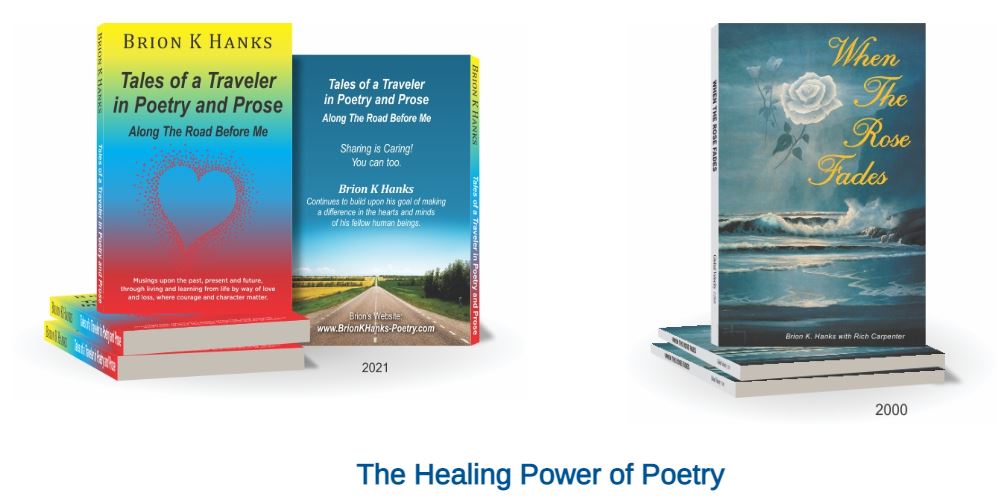The Many Shapes of Poetry: Poetic Forms and Functions
July 6th, 2023 1:00 am | by Blog Contributor Posted in Poetry

Photo by Elīna Arāja
As a master poet, Brion K. Hanks has a phenomenal command of the English language, and he reveals this through his skill with poetry and poetic forms.
As long as poetry has existed, its most basic form has been twisted, added, warped, and more to better fill the needs of the poet from wherever across the world and the myriad cultures and languages of humanity. Knowledge of poetic forms is foundational to properly appreciating the vibrancy and fluidity of poetry and the language you are trying to write in.
The Use of Poetic Forms
As a master poet, Brion K. Hanks has a phenomenal command of the English language, and he reveals this through his skill with poetry and poetic forms. The shape of poetry is not merely an aesthetic consideration but a creative and expressive factor. The shape of poetry is not merely an aesthetic consideration but a creative and expressive element.
By confining yourself to limitations with language and restrictions with certain lines and syllabic sequences, you are better stimulated to write poetry more vividly and succinctly.
Poetic forms also help provide familiar shapes for specific subject matters, like love for sonnets, jokes for limericks, etc.
This does not sound as intimidating as it does since there are countless poetic forms that aspiring poets can practice their writing with. The diversity of poetic forms means that there is a shape of poetry for every poet, every subject matter, and every style.
Some Popular Forms of Poetry
Here are some of the more well-known poetic forms.
Acrostic poem
This type of poetry is entertaining and quite popular in school settings, especially with creative writing classes during elementary and high school. In an acrostic poem, every letter that starts each line, when taken out and arranged in sequence, conveys a message, making it very enjoyable for friends or lovers to write to each other.
Blackout poem
Blackout poems or erasure poetry is an experimental and modernist form of poetry that typically falls under the poetic subgenre of found poetry. This type of poem greatly exercises the mind because you are made to look at pre-existing writing and have to eliminate words or letters to transform it into a new piece of work that better reflects your intentions and goals.
Blackout poems are brilliant for both poets and writers to hone their word craft and their precision. You can easily take out a paragraph or lines of text from newspapers, Tweets, and magazines and start practicing.
Blank verse
Blank verse poems follow the same conventions as fixed verse poems, having a specific meter to follow and an exact number of lines. Where it differs, though, is that blank verse poems are not required to follow a rhyming scheme, whereas fixed verse poems do.
Blank verse poems are typically considered to be the precursors of free verse poetry.
Free verse
Free verse poems are perhaps the most popular form of poetry in the modern era. It is not hard to see why. This is because, in free verse poetry, there are no limitations and rules. Some examples rhyme, while some do not.
Free verse poetry is more inviting and less intimidating for readers and is greatly appreciated for its accessibility (although some works can be quite experimental).
Haiku
A haiku is a Japanese form that is well-known for its conciseness and brevity. Most examples deal with nature as the subject matter, although there are plenty of examples that touch upon other topics.
Haikus are three lines long, the first and third lines comprising five syllables while the second line comprises seven. What makes haikus so appealing is their ability to convey imagery and insight in such a short and compact form.
Limerick
A limerick is a poetic form best known for its ability to be comedic and quite crude. They are often narrative in scope and typically have a repeating line that anchors the rhyme scheme of the whole work.
Prose poem
Prose poems are the emulation of poetic elements with prosaic forms. It is essentially written like a paragraph essay, lacking line breaks and such but still following poetic devices like alliteration, rhythm, etc.
What makes a prose poem compelling is its novel use of figurative devices.
Sonnet
The sonnet is the most popular fixed verse poetic form. This is partly due to Shakespeare, who is considered to have perfected the sonnet in English after it was adopted from the Italian language.
While the sonnet was originally meant for subjects such as love, it has since evolved to encompass broader and more general topics.

www.brionkhanks-poetry.com
